In its ruling 9C_344/2024, the Federal Supreme Court confirms that a proportional method may be applied to the refund of taxes levied on a lump-sum withdrawal made under the occupational pension scheme, when that amount is later partially repaid to the pension institution. The Court upholds that the tax authorities may base the refund on the overall rate applied to the initial withdrawal rather than on the marginal rate corresponding to the repaid portion. In doing so, it validates the proportional calculation method set out in Circular No. 17.
In this case, a taxpayer residing in the canton of Zurich had withdrawn CHF 950,000 from his occupational pension fund. This amount was taxed at a preferential rate, resulting in a tax charge of CHF 95,000 (10%). Three years later, the taxpayer repaid CHF 250,000 to his pension institution and requested a refund of the portion of tax paid on the tranche from CHF 700,000 to CHF 950,000. The Zurich tax authority rejected this approach and instead refunded the tax proportionally to the amount repaid. It thus refunded 26.32% of the tax (700,000/950,000).
The Federal Supreme Court reiterates that, under Article 11(3) of the Federal Act on the Harmonization of Direct Taxes of Cantons and Municipalities (LHID), capital withdrawals must be subjected to full annual taxation. However, the choice of the applicable tax rate falls under cantonal jurisdiction. The disputed issue was whether the refund should be calculated proportionally, or whether the taxpayer should be placed in the situation he would have been in had he initially withdrawn only CHF 700,000.
In interpreting Article 83a of the Federal Act on Occupational Old Age, Survivors’ and Disability Pension Plans (LPP), the Court concludes that cantons have discretion in determining the method for calculating tax refunds. They may therefore opt either for a proportional refund (less favorable to the taxpayer) or a refund based on the marginal rate (more favorable to the taxpayer). Furthermore, the Court holds that the proportional method does not breach the principle of equal treatment. Indeed, the taxpayer had benefited from the additional CHF 250,000 for three years, which objectively distinguishes him from someone who had withdrawn only CHF 700,000 from the outset.


